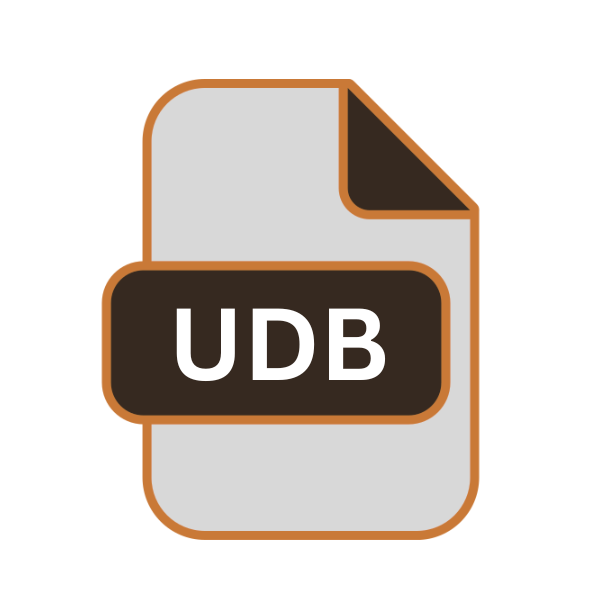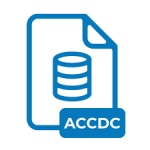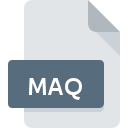.UDB File Extension

Dynamics AX User Database File
| Developer | Microsoft |
| Popularity | |
| Category | Database Files |
| Format | .UDB |
| Cross Platform | Update Soon |
What is an UDB file?
In the realm of data management, file extensions play a crucial role in identifying the format and purpose of digital files. Among the myriad of extensions, the .UDB file extension stands out, particularly in the context of Dynamics AX (now known as Dynamics 365 Finance and Operations).
These files, known as Dynamics AX User Database Files, hold vital information integral to the functioning of Dynamics AX applications.
More Information.
The .UDB file extension was initially introduced as part of Dynamics AX, serving as the repository for user-specific data within the application. These files store essential information related to user preferences, configurations, and customizations.
As Dynamics AX evolved over time, so did the functionality and significance of .UDB files, adapting to the changing needs of businesses and users.
Origin Of This File.
The .UDB file extension is closely associated with Microsoft Dynamics AX, an enterprise resource planning (ERP) solution designed for businesses of varying sizes.
Dynamics AX, developed by Microsoft, has been a cornerstone in facilitating business operations, offering features for financial management, supply chain management, human resource management, and more.
File Structure Technical Specification.
.UDB files maintain a structured format to efficiently store user-specific data. While the internal structure may vary based on the version of Dynamics AX, certain fundamental components remain consistent.
These files often consist of tables, each representing a specific aspect of user data, such as preferences, settings, or configurations.
.UDB files may utilize various data storage mechanisms, including relational databases or proprietary formats optimized for Dynamics AX.
How to Convert the File?
Converting .UDB files can be challenging due to their proprietary nature and the specific context in which they’re used within Dynamics AX. Here are some general approaches you might consider:
- Data Export/Import: One common method is to export data from the .UDB file within Dynamics AX using built-in export functionalities. Depending on the version of Dynamics AX you’re using, you might find options to export data in formats such as CSV (Comma-Separated Values) or Excel spreadsheets. Once exported, you can manipulate the data as needed and import it into another system or application.
- Third-Party Tools: There might be third-party tools available that claim to convert .UDB files into more widely compatible formats or integrate them with other systems. These tools often come with their own set of instructions and might require a purchase or subscription.
- Database Migration: If the .UDB file is storing data in a relational database format, you might be able to extract the data directly from the database using standard database management tools or SQL queries. This approach requires knowledge of database management and might not be feasible if the .UDB file is using a proprietary storage format.
- Custom Development: In some cases, especially if you have specific requirements or complex data structures, you might need to develop custom scripts or programs to extract and convert data from .UDB files. This approach requires programming skills and a deep understanding of the Dynamics AX data model.
- Vendor Support: If you’re working within a corporate environment or with a vendor, you might consider reaching out to the Dynamics AX support team or the vendor’s technical support for guidance on converting .UDB files. They might have proprietary tools or methods that can assist with the conversion process.
Advantages And Disadvantages.
Advantage:
- Centralized Data Management: .UDB files offer a centralized repository for user-specific data within Dynamics AX, streamlining data management and ensuring consistency across the application.
- Customization: Users can leverage .UDB files to customize their Dynamics AX experience, tailoring settings, preferences, and configurations to suit their specific business requirements and preferences.
- Efficiency: By storing user data in .UDB files, Dynamics AX can access and utilize this information efficiently, enhancing the overall performance and responsiveness of the application.
Disadvantage:
- Compatibility Issues: .UDB files may face compatibility challenges when migrating between different versions of Dynamics AX or integrating with other systems, potentially leading to data corruption or loss.
- Proprietary Nature: The proprietary nature of .UDB files limits direct access and manipulation outside of Dynamics AX, restricting users’ ability to leverage their data in alternative applications or environments.
- Risk of Data Corruption: Due to the complexity of .UDB files and the critical nature of the data they contain, there is a risk of data corruption or loss, especially during system upgrades or maintenance activities. Regular backups and robust data management practices are essential to mitigate this risk.
How to Open UDB?
Open In Windows
- .UDB files are typically associated with Microsoft Dynamics AX, which is primarily designed for Windows environments.
- To open .UDB files in Windows, you need to have Microsoft Dynamics AX installed on your system.
- Launch Dynamics AX and navigate to the appropriate module or menu where you can access and work with .UDB files.
Open In Linux
- Opening .UDB files directly in Linux can be challenging due to the lack of native support for Dynamics AX.
- You might consider using compatibility layers such as Wine to run Windows applications on Linux.
- Alternatively, you can explore virtualization solutions like VirtualBox or VMware to run a Windows environment within Linux and then access .UDB files through Dynamics AX.
Open In MAC
- Similar to Linux, macOS does not have native support for Dynamics AX.
- You can use virtualization software like Parallels Desktop or VMware Fusion to run Windows on your Mac.
- Once you have a Windows environment set up, you can install Dynamics AX and open .UDB files as you would on a Windows system.
Open In Android
- Opening .UDB files directly on Android devices is not feasible due to the limitations of mobile operating systems.
- However, you can remotely access a Windows environment using remote desktop applications such as Microsoft Remote Desktop or TeamViewer.
- Install Dynamics AX on your remote Windows system and access .UDB files through the remote desktop connection on your Android device.
Open In IOS
- Similarly, directly opening .UDB files on iOS devices is not supported.
- Use remote desktop applications like Microsoft Remote Desktop or VNC Viewer to connect to a Windows environment.
- Once connected, you can launch Dynamics AX and work with .UDB files remotely from your iOS device.
Open in Others
- For other operating systems or scenarios not covered above, such as Chrome OS or embedded systems, consider using remote access solutions or virtualization techniques.
- Remote desktop applications or web-based interfaces can provide access to Dynamics AX instances hosting .UDB files from a variety of platforms.
- Alternatively, explore compatibility layers or virtualization options tailored to your specific environment to run Dynamics AX and access .UDB files accordingly.













